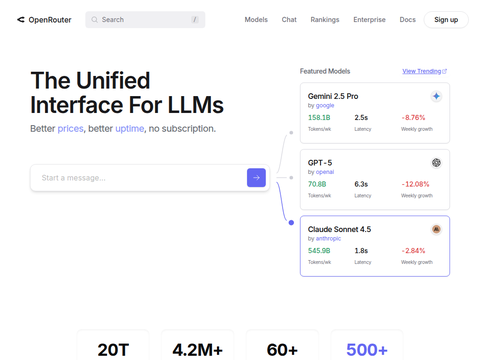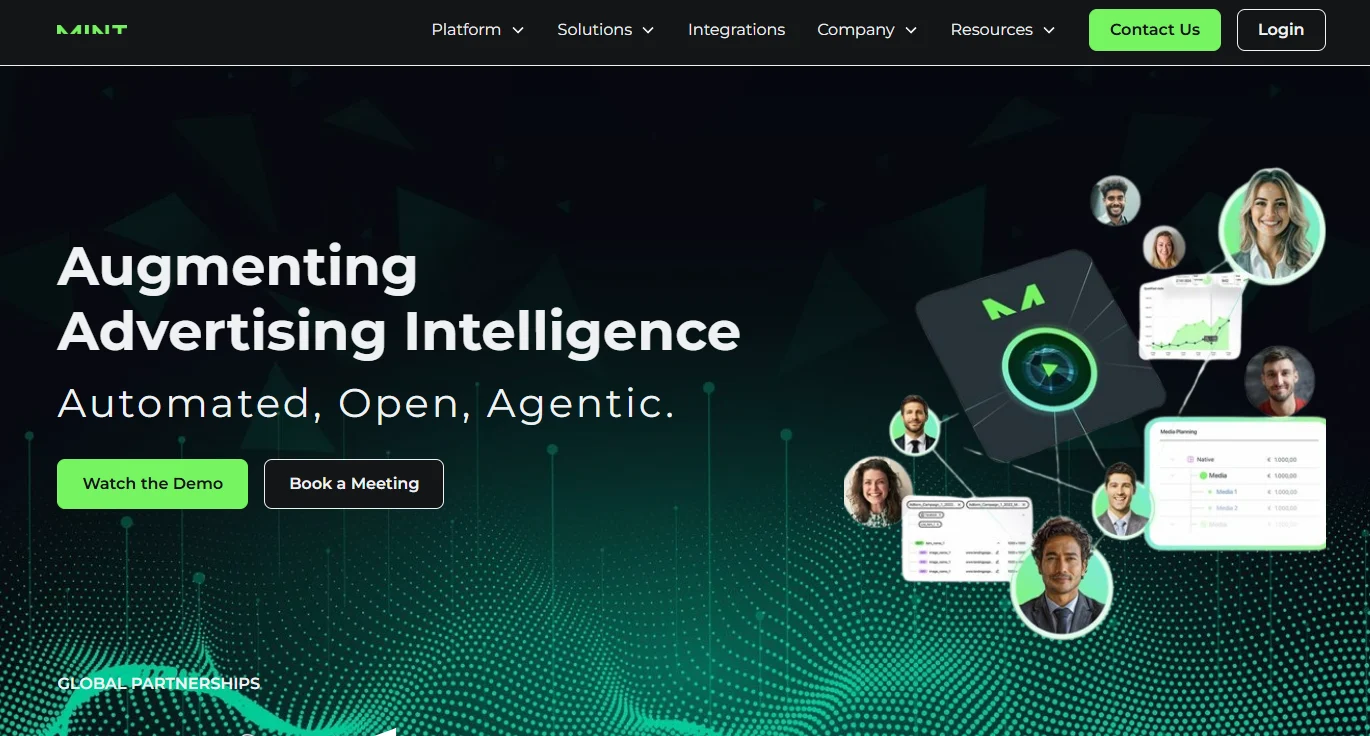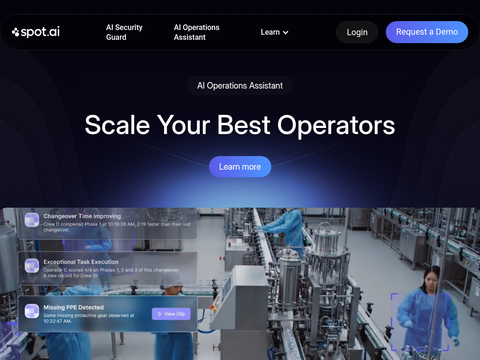Despite widespread concerns about the rapid advancement of generative AI, with some even suggesting a 99.9% likelihood of it leading to humanity's destruction, companies such as OpenAI, Microsoft, Anthropic, and Google continue to embrace this wave of artificial intelligence. The progression of AI seems boundless, resembling an extensive journey fraught with uncertainties and challenges.
Recently, a new report highlighted a critical issue in the AI sector: the development and maintenance of advanced models. This challenge primarily stems from the scarcity of high-quality training data and the exorbitant costs associated with maintaining these models. OpenAI serves as a prime example, reportedly anticipating a loss of up to $5 billion in the next 12 months amid the AI boom.
Fortunately, investors including Microsoft and NVIDIA secured $6.6 billion in funding, potentially shielding ChatGPT's manufacturers from bankruptcy. However, market analysts predict that AI companies may encounter further difficulties, projecting losses of $44 billion by 2029. These significant losses are closely linked to the multi-billion dollar partnerships between OpenAI and Microsoft. Worse still, as investor enthusiasm for AI wanes, ChatGPT's creators may struggle to secure sufficient funding for their complex AI research and development. Consequently, there are predictions that Microsoft might acquire OpenAI within the next three years.
Despite numerous adversities, achieving Artificial General Intelligence (AGI) still appears to be an elusive goal. It is widely believed that most companies investing in AI are engaged in a hegemonic race toward AGI. Microsoft, OpenAI, and Google have released their AI models almost simultaneously or within mere weeks or months of each other, all competing to meet the highly sought-after AGI standards.
However, the reality is starkly challenging. The supply of high-quality content necessary for building advanced AI models is dwindling, and the vast resources required to achieve AGI are staggering, including the "investment of $7 trillion and years of time to establish 36 semiconductor factories and other data centers."
In the face of these challenges, OpenAI's CEO, Sam Altman, remains relatively optimistic. He stated that the company's investment in AI is not driven by excessive concern but by a commitment to providing users with powerful AI tools. Altman believes that offering robust tools for people to decide how to use them to shape the future is both valuable and meaningful. He also trusts that human intelligence, along with that of others worldwide, can find ways to address these issues.
Altman not only harbors dreams for future AGI but also provides a concrete timeline. He anticipates that within five years, humanity will experience exceptionally rapid technological advancements, potentially ushering in the era of AGI. He further asserts that the societal impact of AGI will be "astonishingly minimal" and achievable with current hardware. If not, new devices can be developed to meet the requirements.
However, not everyone shares an optimistic view regarding the realization of AGI. A former OpenAI researcher pointed out that while the company is on the verge of achieving AGI, it may not be fully prepared or equipped with all the necessary resources to handle everything. Similarly, Dario Amodei, CEO of Anthropic, believes that achieving AGI is still some distance away but predicts its realization by 2026 or 2027. His forecast is based on the progression curve of AI models, which are currently nearing doctoral-level intelligence. Although these models still lack essential forms, Amodei notes that these forms are gradually being considered.
When discussing the limitations of AI expansion, Amodei emphasizes several obstacles, including the lack of high-quality data for developing advanced AI models. Nevertheless, he firmly believes that solutions can always be found, whether by bypassing restrictions or scaling AI models. Finally, he points out that human intelligence is not the pinnacle of intelligence, suggesting that there is still ample room for improvement in AI.








